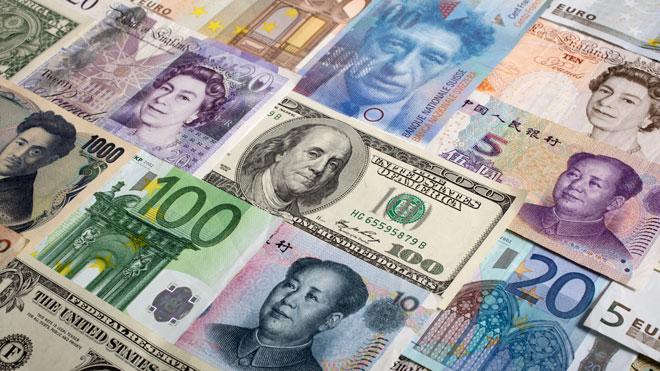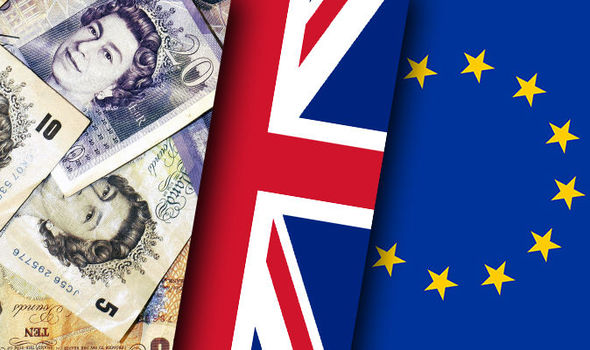Gold concluded trading for last week under heavy selling pressure with the metal not only recording its third consecutive weekly losses, but also declining towards levels not seen since late April below $1250. The major reason for the weakness in the price of Gold has been due to the sudden revival in the possibility that the Federal Reserve has not closed the door on the idea of raising US interest rates in June, which has resulted in the Fed funds futures market adjusting their expectations to a nearly 40% chance of a US rate rise in June, when compared to marginally above 0% just a week ago.
Gold has not been the only sufferer due to the renewed expectations over future US interest rate rises. Prior to regaining some stability on Friday, major equity markets were also encountering heavy selling momentum as investors appeared to be taking money out of stock markets as they acknowledged that the era of ultra-low borrowing rates, at least in the United States, might be coming to an end.
With Gold having now dropped below support at $1260, this will now be seen as resistance for the metal and further selling could be likely in the near-term. One of the reasons why it is possible that Gold could still weaken further despite suffering a decline of around $40 in the past three trading days is due to the likelihood that the Dollar still has some further room to strengthen.
The Dollar index has now managed to close above 95.20 and with prices being able to overtake the major resistance level, the buying sentiment could still improve and technical traders will be waiting to see if the index can close above a major peak seen at 95.60. If this occurs, we are likely to see buying sentiment further strengthen towards 96/96.20 and this is around the level that sellers could reappear.
Advertisement
While the resurgence in the USD might be providing a headache to the stock markets and the price of Gold, it is most likely going to be welcomed by the European Central Bank (ECB). The Eurodollar has crashed since reaching its highest level in over six months at the beginning of May around 1.1615 (with this milestone high at the time being strictly correlated to depression in the USD) to a near two-month low below 1.12 and with Dollar demand currently carrying momentum, there is simply no reason to be bullish on the EURUSD at present.
WTI Oil attempts another move to $50
WTI Oil buyers appear resilient in their battle towards refusing to give up on a return to $50 with the commodity moving back above $49 on Friday before once again falling short of achieving $50. While headlines continue to remain focused on the potential disruption in production levels in Libya and Nigeria, alongside the wildfire in Canada I feel that the longer term investor sentiment towards oil has improved following both OPEC and the IEA releasing reports recently expressing that global inventories are set to decline over the second half of 2016.
Advertisement
GBPUSD suffers a steep correction
The GBPUSD suffered a heavy sell-off as trading for last week drew to a conclusion with the Cable dropping from 1.46 to finish trading for the week below 1.45. It is becoming very tough to judge which direction the British Pound could possibly be heading in next, which in general could be linked to the increased volatility the currency is facing as the world awaits the outcome of the historic EU referendum in just one month. The early part of the week is likely to be dominated by various headlines over the weekend expressing both the domestic, and possible global risks to the UK exiting the European Union and these negative headlines are probably going to lead to the upside potential being limited in the British Pound.
While I ultimately believe that the UK will vote to stay in the European Union, investor uncertainty is going to remain at elevated levels before the referendum and the risks for the British Pound remain weighted to the downside. News headlines during the week are likely to remain heavily balanced towards the risks a Brexit would bring to both the domestic and global economy, and this might encourage the GBPUSD to continue correcting lower towards 1.44.
Technical traders would likely wait for a break below 1.44 before pricing in further declines once again into the Cable.
Advertisement
For more information please visit: ForexTime
Add a comment







